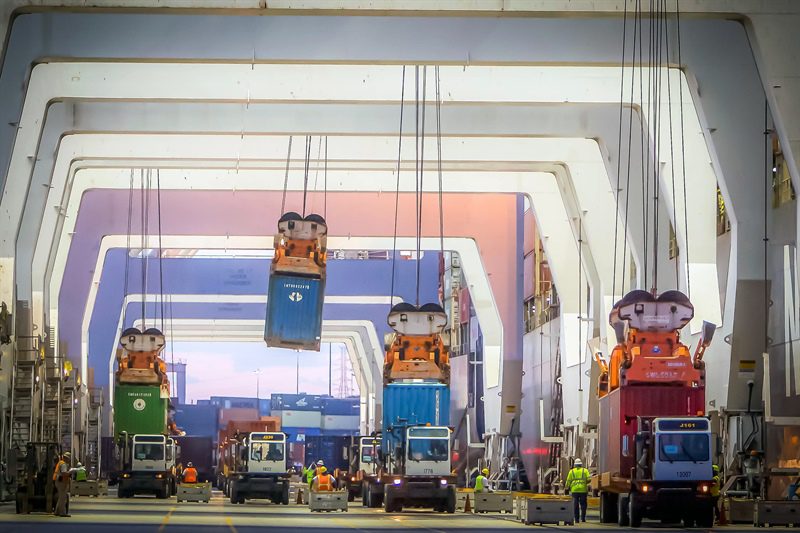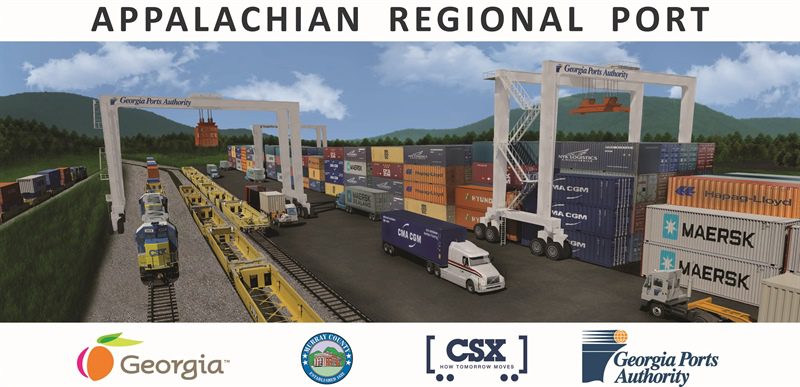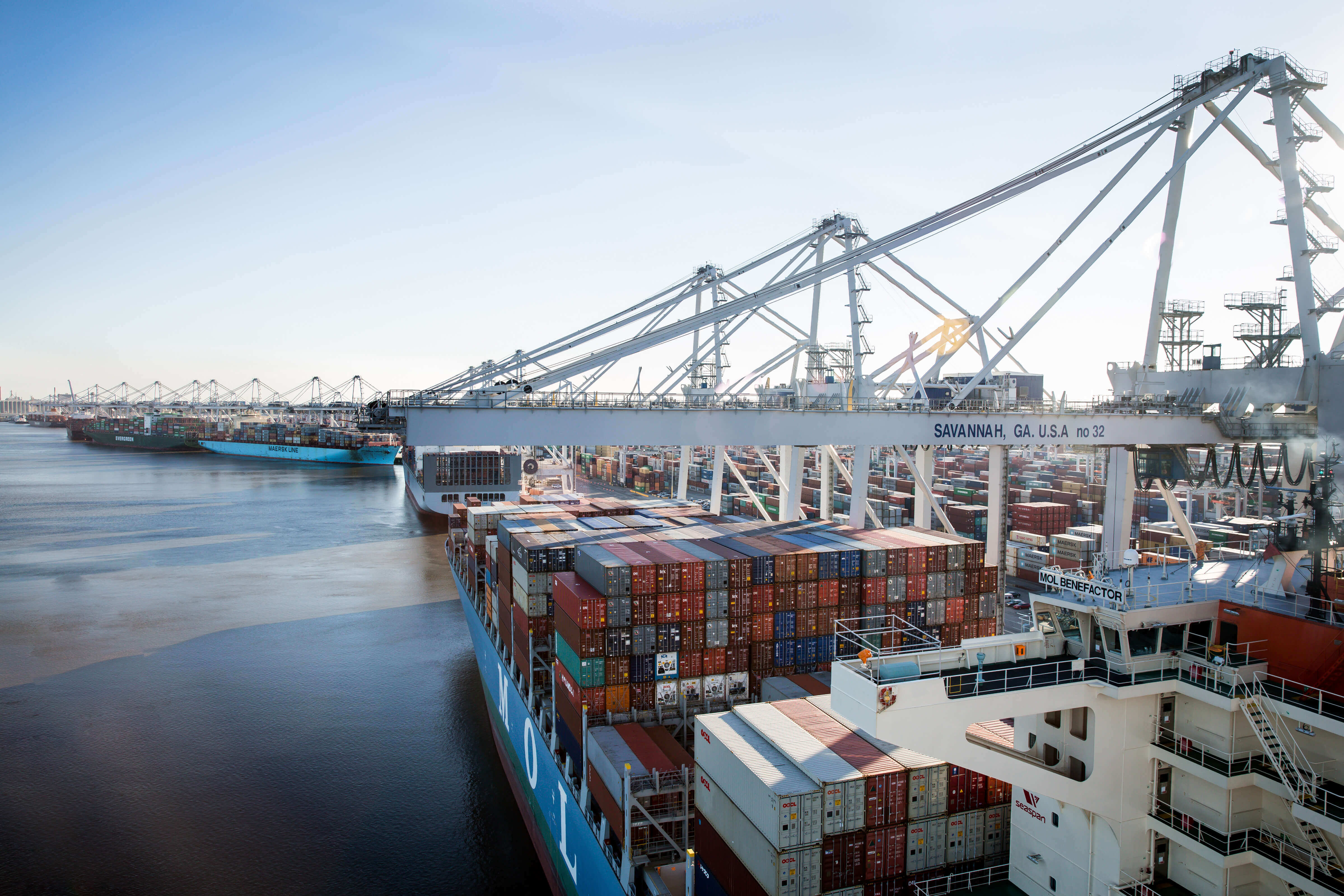Dear friends and colleagues,
I want to take this opportunity to thank each of you for your continued confidence in our ability to handle your business. December was a strong month for GPA, in which we moved 292,172 twenty-foot equivalent container units and 63,967 units of roll-on/roll-off cargo – a 12.3 percent increase in both categories.
Driving this growth are a number of factors, including unparalleled advocacy from Georgia Gov. Nathan Deal, our state General Assembly and our GPA Board, who continue to support our efforts to invest in the critical infrastructure that keeps us ahead of the growth curve.
Brunswick adding 200 acres for auto processing
At present, more than 200 acres are in the design or development stages at the Port of Brunswick, adding more space for auto processing at our Colonel's Island terminal. Wallenius Wilhelmsen Logistics has already occupied 20 of those additional acres, while International Auto Processing has leased another 49. A separate 30-acre parcel should come online this month.
Our long-term plan is to add 600 acres on the island's south side to support auto processing, doubling our capacity for cars and heavy machinery in Brunswick. No other autoport in the nation matches Brunswick's ability to grow with our customers.
Bigger ships destined for Savannah
We are seeing a realignment in the container industry, as carriers merge to form massive alliances. Along with this unprecedented development comes the arrival of bigger ships; we understand that 13,000- to 14,000-TEU ships will be headed to the East Coast this year.
As the size of vessels and alliances grows, so does the need for larger terminals with significant assets to handle increased volumes. At 1,200 acres, handling 10,000 truck moves per day and 38 trains per week, Savannah is perfectly positioned to fill this need.
Already the single largest container terminal in North America and the region's busiest gateway, GPA has several initiatives in place to take Garden City Terminal to the next level.
By expanding on-terminal rail infrastructure to better accommodate 10,000-foot long unit trains, our Mid-American Arc initiative will make rail service between the Midwest and Savannah more cost effective. More customers in Memphis, St. Louis and Chicago will be able to take advantage of Savannah's 34 global vessel calls per week and world-class terminal operation.
We have already put into place other pieces of key infrastructure to handle growing demands.
GPA already has more ship-to-shore cranes than any other single terminal in the U.S., and will receive another four next year. Additionally, Garden City Terminal features 146 rubber-tired gantry cranes – more than all other South Atlantic and Gulf Coast ports combined. This is another demonstration of the size and scope of our facility.
GPA breaks ground on Appalachian Regional Port
In its effort to stay ahead of demand and accommodate future needs, the GPA broke ground last month on its new inland terminal in Northwest Georgia – the Appalachian Regional Port. We estimate the CSX rail route will reduce Atlanta truck traffic by 50,000 moves annually, and expand GPA's target market in Alabama, Tennessee and Kentucky.
The inland port model means containers can be trucked for shorter distances and staged at the intermodal yard, where they are loaded onto trains moving hundreds of containers in a single trip.
The Appalachian Regional Port will deliver savings within the supply chain and environmental benefits through reduced diesel consumption. Each container moved by rail from the inland terminal will offset 355 truck miles on Georgia highways.
Construction on the ARP is expected to take just under two years, with the start of operations targeted for the third quarter of calendar year 2018.
Thank you for your continued trust in the Georgia Ports Authority. I look forward to building a prosperous 2017 together.
Griff Lynch
Executive Director
Georgia Ports Authority




